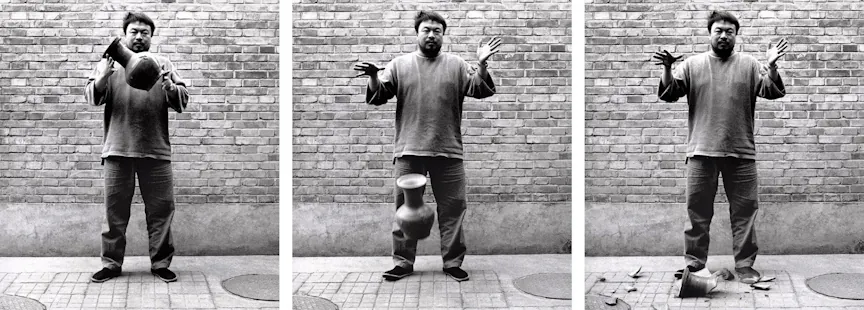Ethically ambivalent acts of art
This post might seem less about music, but whenever I think about more abstract issues in art, I feel like I’m thinking about music by proxy, so I think there’s ways it applies.
I was reading the Wikipedia page for the film A Clockwork Orange, and from what I gathered, it sounds like an awfully violent one. Now, personally, I don’t plan to watch it, since I can’t stomach such things, so take what I say about it as speculative. Nonetheless, I thought it was a useful object lesson to think about an ethical issue of art that interests me.
I believe that acts of art are not special, ethically speaking. If I go around filming people’s reactions to cruel pranks, or destroy millenia-old artifacts, the fact that I was doing it as art does not in itself justify me. Whether the art created has a lot of value or not, I am still someone who has done those things in the real world.

One unfortunate aspect of A Clockwork Orange is that it seems to have inspired some copycat acts of violence, and was even withdrawn in Britain for this reason. Stanley Kubrick, the director, denied the film’s responsibility for these crimes in a way I don’t really understand:
To try and fasten any responsibility on art as the cause of life seems to me to put the case the wrong way around. Art consists of reshaping life, but it does not create life, nor cause life. Furthermore, to attribute powerful suggestive qualities to a film is at odds with the scientifically accepted view that, even after deep hypnosis in a posthypnotic state, people cannot be made to do things which are at odds with their natures.Stanley Kubrick: The Complete Films, Paul Duncan (2003).
To say flat-out that art does not “cause life” seems false to me. As I said above, art is not in some privileged, separate sphere from the rest of reality. It can serve as the cause of real-world actions just as much something like a verbal incitement to violence can.
Regarding the latter point, I agree that those involved in the crimes were not somehow hypnotically suggested into committing them. Their responsibility is not diminished by the purported influence of a film. But I think it’s worth noting the crimes were committed by teenagers who, on account of their age, lacked the critical thinking and moral development necessary to not take a movie about wanton youth violence as an inspiration. Again, their crimes are their own, but artists, for their part, must critically consider the impact their work might have beyond their intentions.
On the other hand, do I think the film shouldn’t have been made? Again, I haven’t seen it, so I really can’t say what I’d honestly think of it. Perhaps it irredeemably glorifies violence. But my impression is that the film might have something valuable to say about how we relate to violence and evil, and maybe many other things. The value of the film probably depends on who watches it and what they take away from it.
This brings us to the crux of the ethics of art: acts of art are acts in the real world, so they carry with them the same ethical responsibilities as anything else. But they also become very difficult to reason about ethically. When it comes to art, both the intention of the artist and the effect of their art are hard to pin down, and can go in so many different directions. Often an artist does not even know their own intentions as they create, and the effects of their art can range from unforseeable, to forseeable but acceptable, to obviously bad, et cetera.
Nonetheless, I believe artists need to do their best to bridge this contradiction. We have to be willing to take responsibility for even the unforseen effects of our art, where necessary. That responsibility should inform the way we approach, execute, and share our art. But at the same time, we can’t allow it to stop us from continuing to create or take risks, even (perhaps especially) when our intentions or their effects are not fully known. The need to manage this contradiction is part of the danger of art, which might be necessary to its vitality.
Do you know of other ethically ambivalent art? What’s bad about it? What’s good about it? Let me know your thoughts at alex@musical.garden.